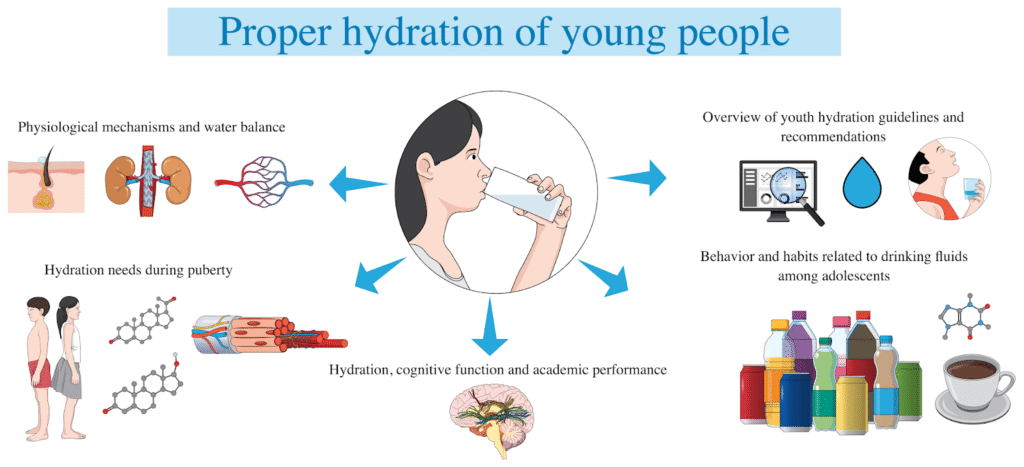Simple Tips to Achieve Nutritional Balance
Achieving nutritional balance does not have to be a complicated endeavor. With a few mindful adjustments, everyday eating habits can transform into a sustainable foundation for health and vitality. A simple nutrition lifestyle is built on small, consistent choices that align nourishment with enjoyment. Food, after all, should not only fuel the body but also bring comfort, pleasure, and energy.

The Core of Nutritional Balance
Nutritional balance is about variety, moderation, and quality. Each meal becomes an opportunity to provide the body with essential nutrients, stabilize energy, and promote long-term wellness. By incorporating tips for balanced meals, it becomes easier to design plates that deliver the right mix of proteins, carbohydrates, fats, and micronutrients.
One principle worth remembering is that no single food holds all the answers. It is the symphony of different foods, working together, that creates harmony in the body.
Building Blocks of Healthy Daily Eating
Daily routines determine long-term outcomes. Choosing whole, minimally processed ingredients is one of the simplest ways to enhance nutrition. With healthy daily eating, small shifts such as swapping refined grains for whole grains, sugary snacks for fruits, or fried meals for grilled alternatives can create substantial benefits.
Some practical strategies include:
- Breakfast balance: Pair complex carbohydrates like oats with protein from eggs or yogurt.
- Smart snacking: Nuts, seeds, and fresh fruits keep hunger at bay and energy levels steady.
- Hydration focus: Water supports digestion, concentration, and overall well-being far better than sweetened beverages.
- Portion mindfulness: Eating slowly and paying attention to fullness cues helps prevent overindulgence.
When these practices become second nature, the body begins to thrive on stability rather than swings in energy and mood.
Tips for Balanced Meals
Balanced meals need not be elaborate or time-consuming. A few guiding principles can simplify choices and make nutrition accessible to everyone. By following tips for balanced meals, each dish can be crafted to optimize energy and health.
- The plate method: Fill half the plate with vegetables, one quarter with lean proteins, and one quarter with whole grains.
- Colorful variety: Different colors in fruits and vegetables often indicate unique nutrient profiles. Aim to “eat the rainbow.”
- Protein power: Incorporating lean meats, legumes, or tofu at every meal helps maintain muscle and supports metabolic health.
- Healthy fats: Avocados, olive oil, and nuts provide essential fatty acids for heart and brain function.
This approach ensures meals are nutrient-dense without being overwhelming, creating an effortless path to balance.
Simple Nutrition Lifestyle in Practice
Adopting a simple nutrition lifestyle does not mean deprivation. It means prioritizing foods that energize rather than exhaust. Planning meals ahead, cooking more at home, and keeping wholesome ingredients accessible are straightforward yet powerful habits.
For busy schedules, meal prepping can eliminate the stress of last-minute decisions. Preparing vegetables, grains, or proteins in bulk allows for quick assembly of balanced meals during the week.
Equally important is the flexibility to enjoy favorite indulgences in moderation. Balance is about sustainability, not rigid rules. Allowing space for occasional treats ensures that eating well feels joyful rather than restrictive.
Nutrition for Wellness
The ultimate goal of balanced eating is not just weight management—it is resilience, energy, and overall vitality. Nutrition for wellness means supporting every aspect of the body: immune health, cognitive function, emotional stability, and physical performance.
- For the mind: Omega-3 fatty acids from fish and flaxseeds improve focus and reduce mental fatigue.
- For immunity: Citrus fruits, leafy greens, and nuts supply vitamins and minerals that strengthen defenses.
- For energy: Whole grains and legumes deliver steady glucose release, avoiding the highs and lows of processed sugar.
- For longevity: Antioxidant-rich foods, such as berries and green tea, protect cells from damage over time.
A body nourished with balance becomes more resilient to stress, better equipped for activity, and more capable of sustaining joy in everyday life.
The Joy of Simplicity
The beauty of balance lies in its simplicity. No complicated formulas are required—just thoughtful decisions that prioritize whole foods, mindful portions, and consistency. By embracing a simple nutrition lifestyle, individuals can unlock vitality without turning eating into a burdensome task.
The path to health is paved with small steps: cooking at home more often, choosing water over soda, or adding an extra serving of vegetables to dinner. These subtle changes compound over time, leading to profound transformations.
True nourishment is not found in fads or extremes but in steady, practical habits. With healthy daily eating, a focus on tips for balanced meals, and a commitment to nutrition for wellness, lasting vitality is within reach.
Balance is not about perfection; it is about making better choices more often. And in that steady rhythm, health becomes sustainable, joyful, and refreshingly simple.







